Antique Wooden Parlor Table – A Timeless Classic
The Craftshadess Antique Parlor Table showcases vintage elegance, expert craftsmanship, and timeless charm. Its gracefully curved legs, solid wooden construction, and well-finished surfaces highlight early furniture design. During the Victorian era, homeowners frequently placed such tables in parlors, where they served both decorative and functional purposes. This description explores the details of its design, materials, craftsmanship, and historical significance.
Design and Structure
1. Tabletop and Surface Finish
This antique parlor table features a rectangular tabletop with rounded edges. A smooth, polished surface enhances the natural grain of the wood. The edges display a layered molding design, adding depth and an ornamental touch. Slight elevation from the legs creates a floating appearance while maintaining structural integrity.
The Craftshadess Antique Parlor Table features a varnish or lacquer finish that enhances the wood’s natural beauty while shielding it from scratches, stains, and environmental factors. Over time, this protective layer may develop a rich patina, adding character and uniqueness to the piece.
2. Curved and Elegant Legs
The table stands out with its gracefully curved legs. Unlike straight or turned legs found in more common furniture styles, these feature a flowing, S-shaped design reminiscent of French or Victorian aesthetics. Thick and sturdy at the top, they gradually taper toward the bottom, adding a refined and sophisticated touch.
Careful craftsmanship ensures symmetry, promoting stability while enhancing the table’s artistic appeal. The Rococo and Baroque periods frequently inspired such curved legs, emphasizing fluidity and movement in design.
3. Lower Shelf for Additional Functionality
Beneath the tabletop, a subtly curved lower shelf aligns with the contour of the legs. This shelf reinforces the table’s structure while providing additional space for storing small decorative items, books, or other essentials. Slightly raised edges further enhance its visual appeal.
Furniture makers in the early 20th century commonly included this shelving design in parlor tables, ensuring extra storage without compromising elegance. Both Art Nouveau and Victorian styles popularized this feature.
Material and Craftsmanship
1. High-Quality Solid Wood Construction
Craftsmen likely used high-quality solid hardwood, such as oak, walnut, or cherry, to build this table. These durable woods exhibit beautiful grain patterns and resist wear, contributing to the piece’s longevity and value. Proper maintenance allows solid hardwood furniture to last for generations.
2. Joinery and Construction Techniques
Traditional woodworking techniques contributed to the table’s sturdy build. The presence of mortise-and-tenon joints suggests a strong attachment between the legs, tabletop, and lower shelf. These joints have provided exceptional durability in fine furniture for centuries.
The absence of visible screws or nails indicates expert craftsmanship. Instead of modern fasteners, skilled artisans may have used wooden dowels or dovetail joints, ensuring superior stability while maintaining a seamless appearance.
3. Hand-Carved Details
The smooth curves of the legs and the refined tabletop edges demonstrate careful shaping, likely through hand-carving. The table’s symmetrical design reflects a high level of craftsmanship, as hand-carving requires precision and expertise.
Historical and Cultural Significance
1. The Role of Parlor Tables in the 19th and 20th Centuries
During the 19th and early 20th centuries, middle- and upper-class homes commonly featured parlor tables. Homeowners placed them in sitting rooms or parlors, where they entertained guests. These tables often held decorative objects, such as vases, clocks, framed photographs, and tea sets, making them a central part of home décor.
In the Victorian era, furniture design extended beyond practicality to symbolize status and refinement. Owners sought ornate tables like this one to reflect their taste and wealth.
2. Influence of European Furniture Styles
The curved legs of this table resemble French Rococo and Art Nouveau styles, which emphasized fluidity and elegance. The Rococo style, which originated in the 18th century, featured ornate, curvilinear forms, while Art Nouveau, which emerged in the late 19th century, incorporated organic shapes inspired by nature.
This fusion of styles suggests European furniture trends influenced its design, making it popular in American and British households during the late 1800s and early 1900s.
Preservation and Care
1. Maintaining the Finish
To preserve the beauty of this antique parlor table, regular dusting with a soft cloth is essential. Harsh chemical cleaners can damage the finish, so using a mild wood cleaner or a mixture of vinegar and water is a safer option.
2. Protecting Against Wear and Tear
Using coasters under objects, placing felt pads beneath decorative items, and limiting moisture exposure prevent surface scratches and stains. If the finish begins to wear, a professional furniture restorer can refinish the table while preserving its antique value.
3. Avoiding Direct Sunlight and Humidity
Like all antique wooden furniture, this table requires protection from direct sunlight and high humidity. Exposure to these elements can cause warping, fading, or cracking. A humidifier in dry climates and stable indoor conditions help preserve its integrity.
Conclusion
The Craftshadess Antique Parlor Table represents fine craftsmanship, blending functionality with timeless beauty. Its elegant curves, solid wood construction, and historical significance make it a valuable addition to any vintage furniture collection. Whether displayed as a decorative accent or used as a functional side table, it remains a testament to the artistry and quality of bygone eras.


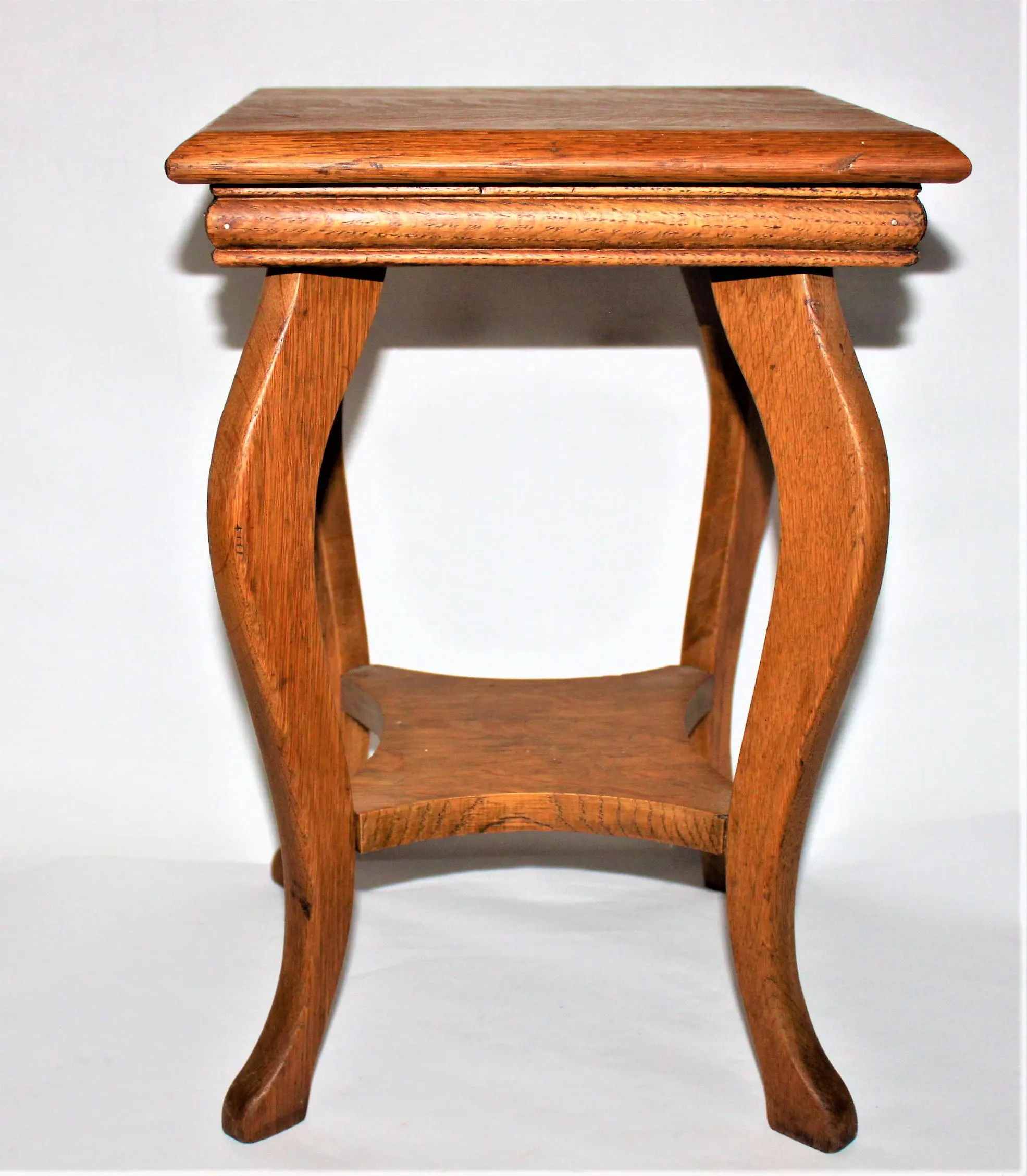
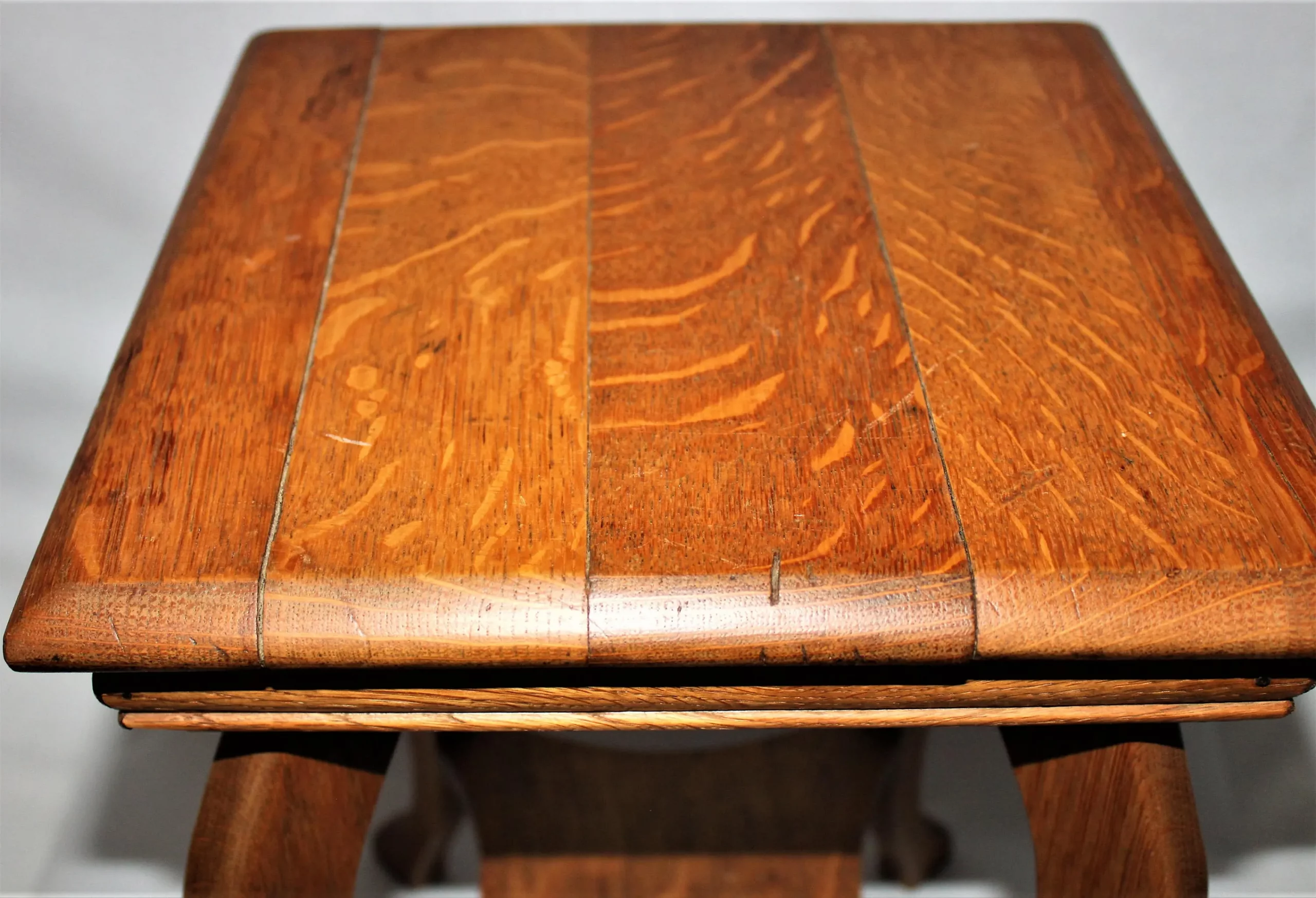

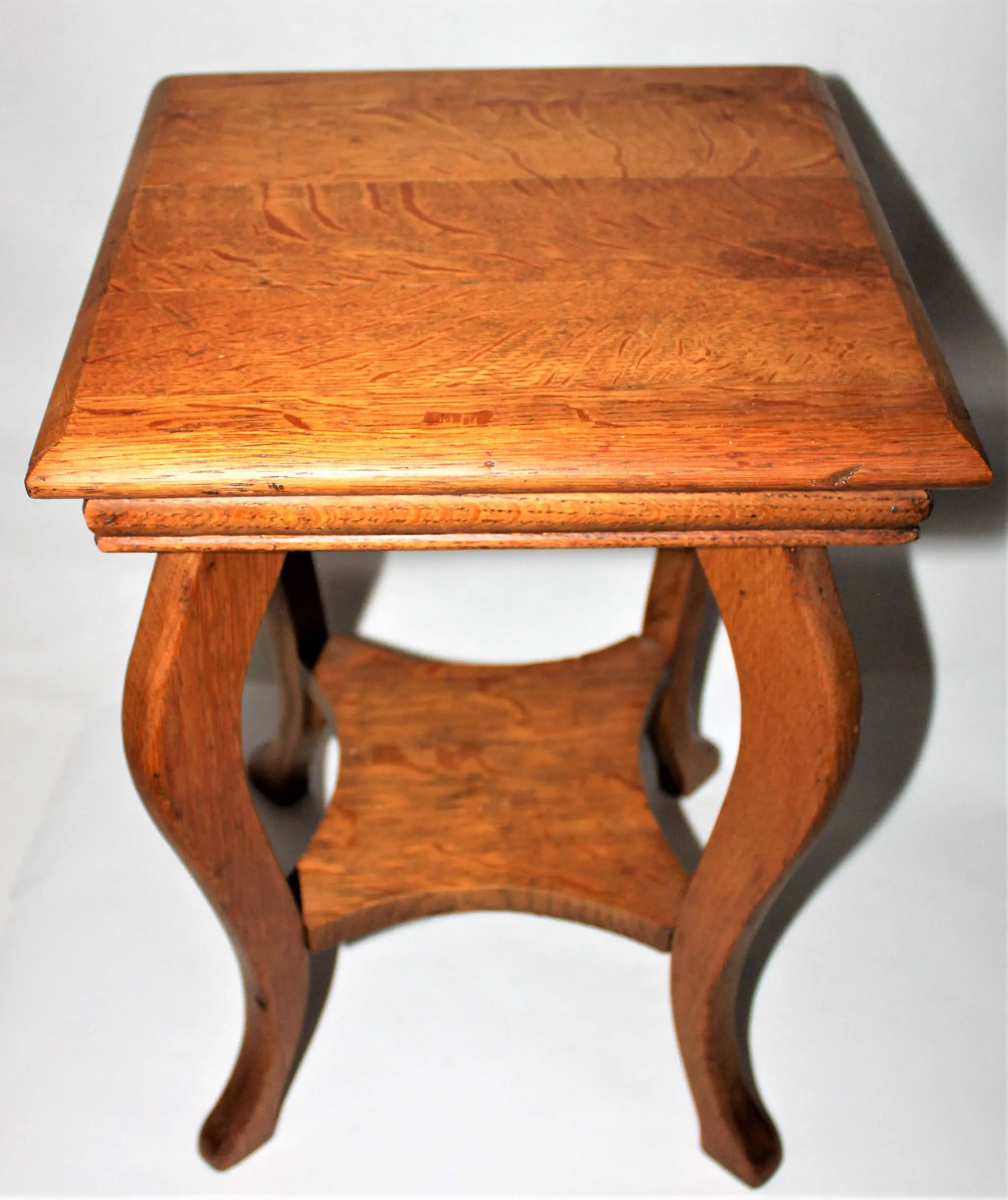
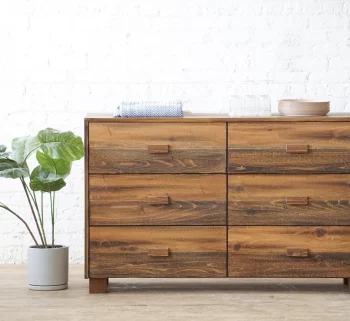
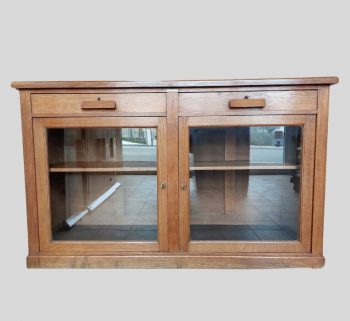
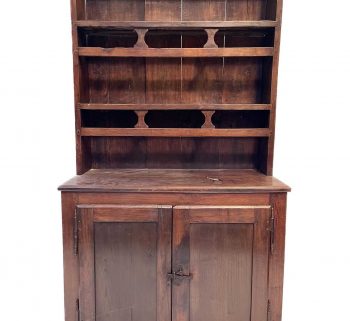
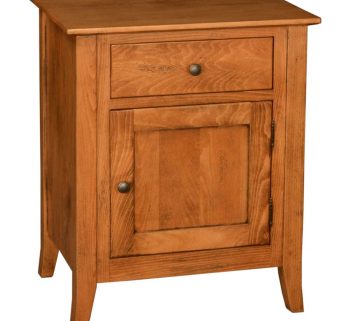
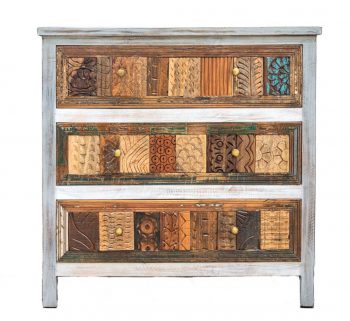

Reviews
There are no reviews yet.